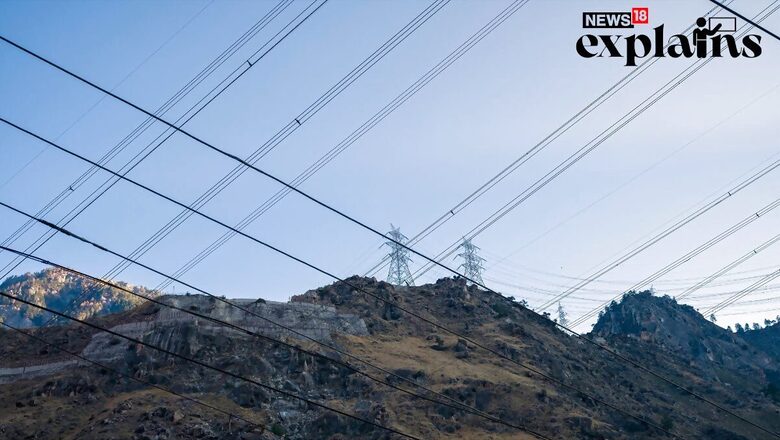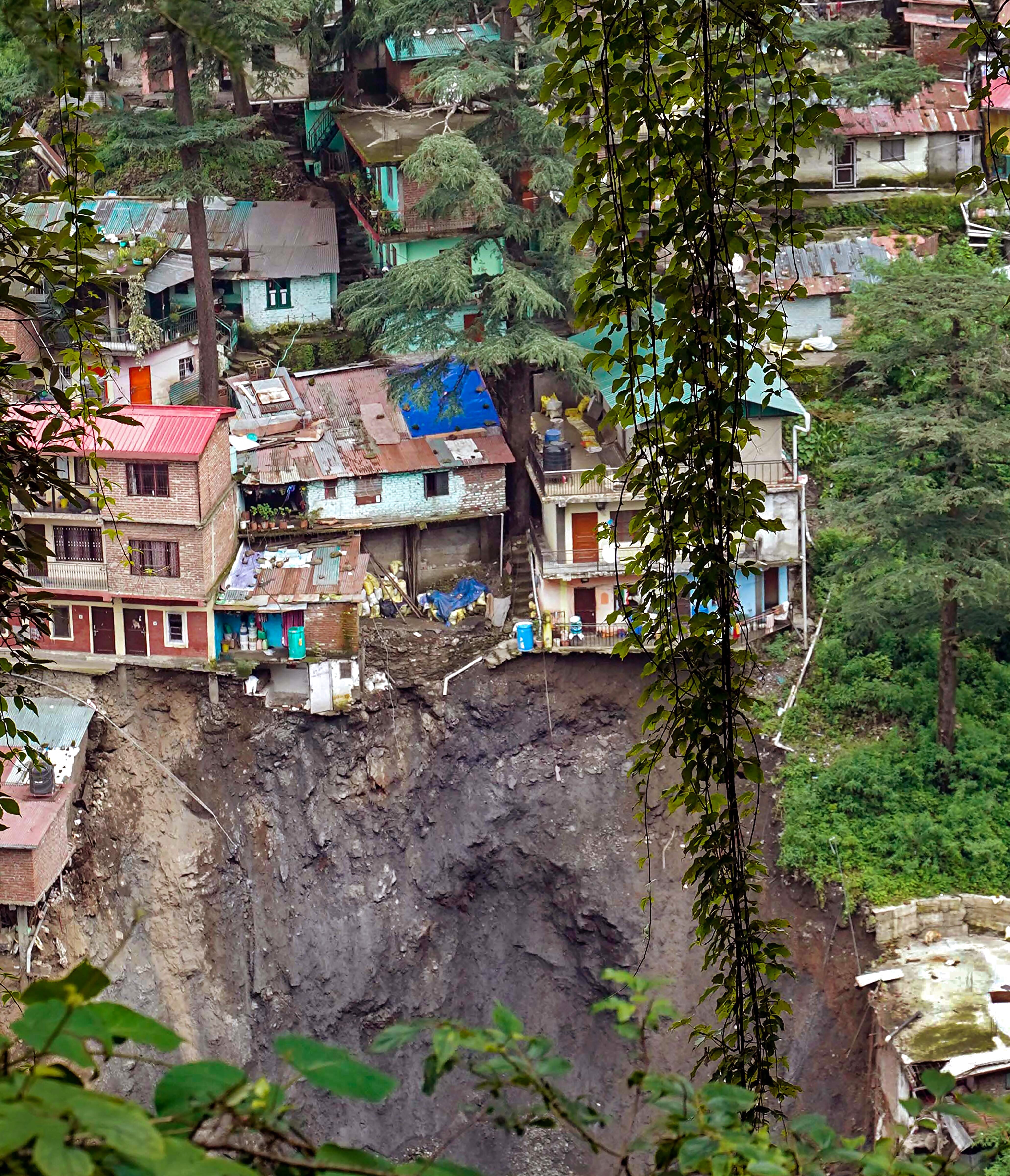
views
Devastating rains and cloudbursts have caused huge losses of lives and infrastructure in the Himalayan state of Himachal Pradesh. The heavy rains this week blocked roads, triggered landslides, collapsed houses and led to over 60 deaths.
According to Himachal Pradesh CM Sukhvinder Singh Sukhu, the estimated damage in the two devastating spells of heavy rain, this week and in July, is about Rs 10,000 crore. A total of 170 incidents of cloudburst and landslide have been reported in the state this monsoon season and about 9,600 houses have been damaged.
Massive Devastation
Himachal Pradesh receives 730 mm of rains during the entire monsoon season from June to September. But this year, the state has received 742 mm rainfall this year till date, according to the Met department.
There are 17,120 landslide prone sites in the state out of which 675 are near critical infrastructure and habitations. Moreover, all 12 districts of Himachal are susceptible to landslides.

This year, amid heavy rainfall, the state saw increasing landslides, that blocked at least 857 roads for vehicular traffic. The state witnessed 113 landslides in just two months since the onset of monsoon, a report in NDTV said. The state witnessed 117 major landslides in 2022 and 16 in 2020.
Why Hydropower plants are being blamed?
Experts say that unscientific constructions in ecologically fragile Himalayas, depleting forest cover and faulty planned structures near the streams are causing landslides. However, one of the main reasons behind the disaster is the uncontrolled construction of the hydropower projects, which have essentially transformed mountain rivers into mere streams.
Currently, there are 168 hydropower projects in operation, generating 10,848 MW of electricity. However, the state is not looking to stop as it is projected that by 2030, 1,088 more hydropower projects will be commissioned to harness 22,640 MW of energy.
This surge in hydropower projects raises concerns about the inevitability of disasters in the region, which is already under the grip of major crisis.
According to geological expert Prof Virender Singh Dhar, excessive cutting of hill slopes for construction and widening of roads and hydro projects have been the primary reasons behind increase in landslides.
https://twitter.com/PunYaab/status/1430779897954279430
The rapid construction of hydropower projects often causes damages to rivers and the ecosystems while the widening of roads without proper geological assessment affected the landscape and mountain slope.
As a result, the slopes in the Himalayas have become highly vulnerable to landslides while the increased rains and high temperatures loosening the soil trigger the risk of landslides.
In 2021, the villagers organised several campaigns to protest the hydropower projects in Kinnaur district following landslides.
In December 2022, a significant slope failure occurred in Kinnaur district of Himachal Pradesh, where construction works have been going on at the 1,091 MW Karcham Wangtoo hydroelectric plant.
In a similar case of Uttarakhand, where more than 800 buildings developed cracks due to subsidence in Joshimath town, the government in January this year imposed a ban on construction activities, including on the works at Tapovan Vishnugad hydropower project.
Hydro Projects Unrelated to Landslides
While the locals and experts blame hydro power projects for record landslides, a study by government-run Indian Institute of Remote Sensing (IIRS), Dehradun that landslide incidents are not related to the commissioned or under construction hydro power projects.
VIDEO | Trouble mounts for Kullu due to heavy rainfall in the upper areas of Himachal Pradesh as flood gates of the overflowing 100 MW Malana II hydroelectric project remain jammed. pic.twitter.com/CYw1Yb1E4W— Press Trust of India (@PTI_News) July 28, 2023
The IIRS studied nine sites of state hydropower board NHPC Ltd in Himalayan states including Himachal Pradesh and Uttarakhand and stated that “landslide activities around hydropower projects are not related to the construction activity of the project.”
The report also highlighted that in most cases, landslide area decreased considerably in comparison to the landslide area observed before the construction of the project.
However, experts and town residents have long warned that large-scale construction could cause land subsidence, including work for power projects by companies such as NTPC Ltd.














Comments
0 comment